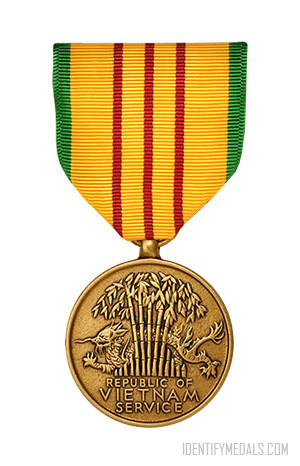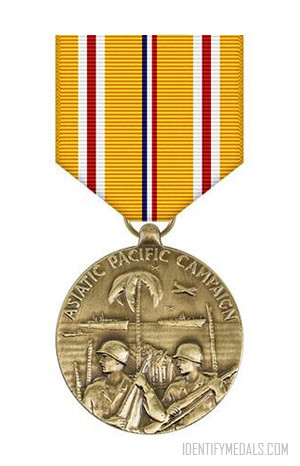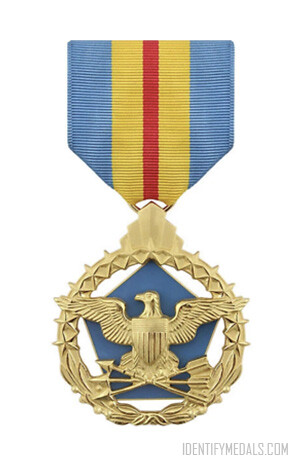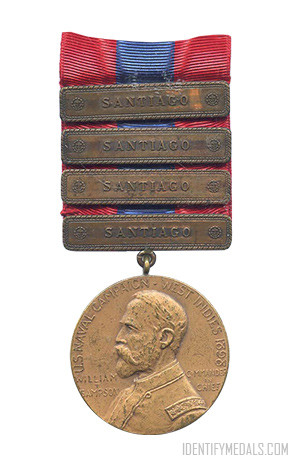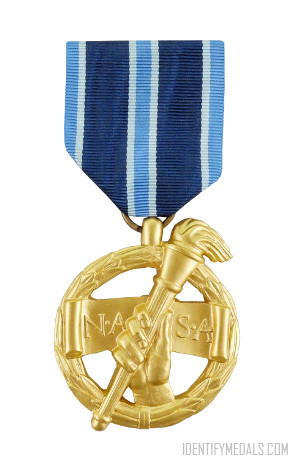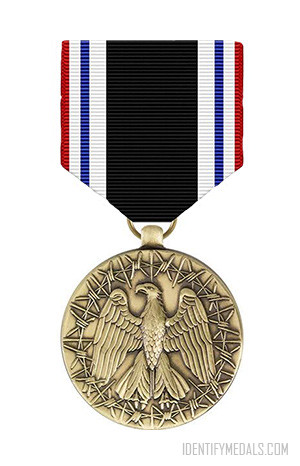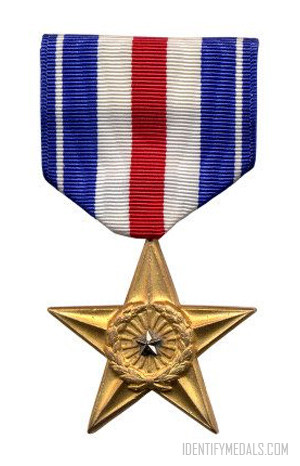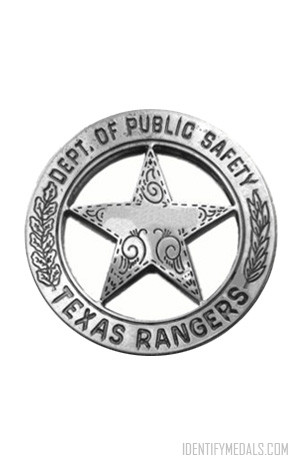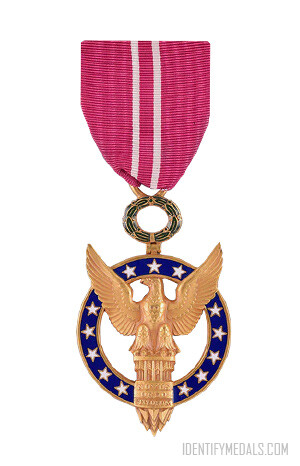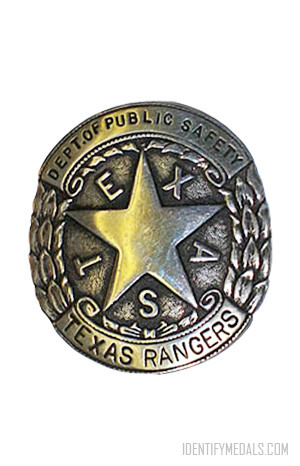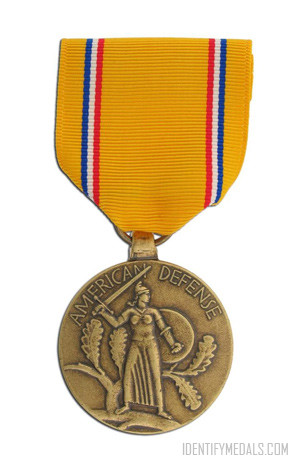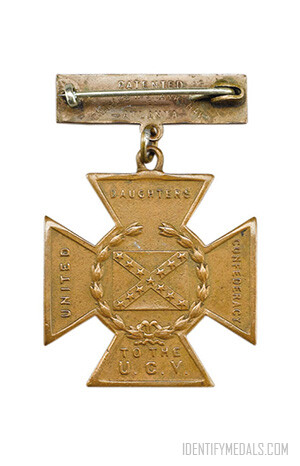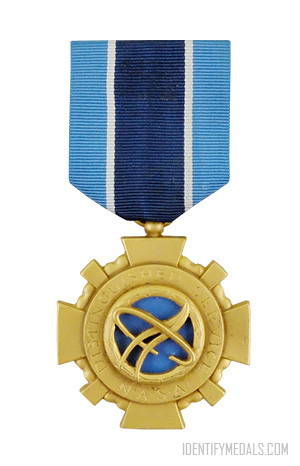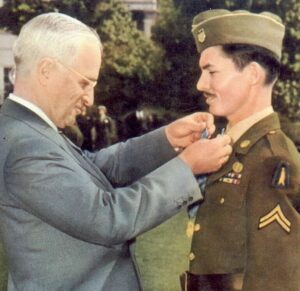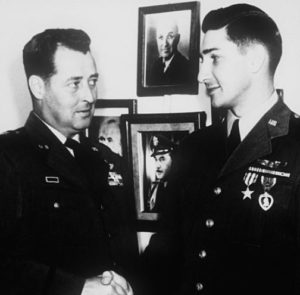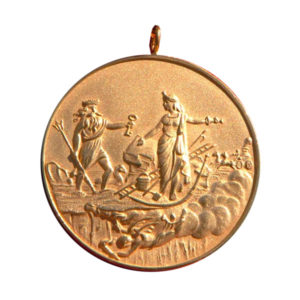- Time Period: Post-WW2
- Institution: 8 July 1965
- Country: United States
Authorized by executive order in 1965, the Vietnam Service Medal is a U.S. medal to honor service members who served in Vietnam, Laos, Cambodia, and/or Thailand from 1965 to 1973 for 30 consecutive or 60 nonconsecutive days. It was established on 8 July 1965 by order of President Lyndon B. Johnson.
For those who participated in campaigns like the Tet counteroffensive in 1968 and the air offensive phases from 1966 to 1969, bronze stars on mounted on the ribbon for participation.
South Vietnam also issued its own service medal for the Vietnam War, known as the Republic of Vietnam Campaign Medal. This is a separate military award which was accepted by the U.S. Congress and the U.S. military in accordance with DoD 1348 C7. Six months of service in support of South Vietnamese military operations was the general U.S. requirement for the award.
The Vietnam Service Medal Design
The distinctive design has been attributed to both sculptor Thomas Hudson Jones, a former employee of the Army Institute of Heraldry and Mercedes Lee who created the design.
The medal is rounded and bronze shaped and measures 1 1⁄4 inches in diameter. The obverse consists of a figure of an oriental dragon (representing the subversive nature of the conflict) behind a grove of bamboo trees located above the inscription “REPUBLIC OF VIETNAM SERVICE“. On the reverse, a crossbow (representing the ancient weapon of Vietnam) facing upwards with a ready to be fired lighted torch of the Statue of Liberty, above an arched inscription “UNITED STATES OF AMERICA“.
The colors of the ribbon are green, yellow, and red, which represents the flag of the Republic of Vietnam at the time—yellow with red stripes running horizontally—and the green Vietnamese jungles. In addition, the three red stripes indicate the three ancient empires of Vietnam Tonkin, Annam, and Cochin China.

